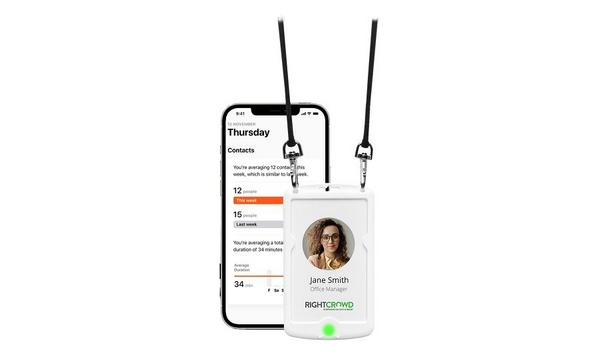Brian McIlravey

Brian McIlravey
Executive Vice President, PPM 2000 Inc.Before joining PPM in 2001, Brian was a police officer with the Waterloo Regional Police Service in Ontario, Canada and a Senior Investigator in the Corporate Crime division of one of Canada’s largest private investigation firms. His first role with PPM was as a Product Manager, but his passion for guiding clients on the set-up and use of our software quickly led to a promotion to Vice-President of Business Development & Professional Services. In this role, Brian established the company’s Consulting & Training division and was one of the key influencers behind the design of Perspective—PPM’s next-generation incident management software—when it was introduced in 2005. With extensive experience in the incident management and Investigation industry—including both public police and private sector—Brian is a leading authority, educator and speaker on security information management and the technology that drives it. He is Board Certified in Security Management as a CPP (Certified Protection Professional) and an active member of the Toronto Chapter of ASIS International. Brian also serves on the executive of ASIS’s Information Security Technology Council and on the advisory board of the Cloud Best Practices Network, an educational forum for Canada’s cloud computing thought leaders and consumer advocates. Named Co-CEO in 2009, Brian leads PPM’s strategic planning and product direction, and he directly oversees our partnership program and integration initiatives.
Articles by Brian McIlravey
Quantifying information provides insights for business to improve performance management The ability to measure and analyze the effectiveness of security operations is extremely use...
News mentions
RightCrowd, a global provider of safety, security, and compliance solutions that manage the access and presence of people, is launching a new Systems Integrator Partner Program with a different twist....
RightCrowd, a global provider of safety, security, and compliance solutions that manage the access and presence of people, is debuting a host of new visitor management-focused features and capabilitie...
RightCrowd, a global provider of safety, security, and compliance solutions that manage the access and presence of people, is showcasing its comprehensive portfolio of freshly updated workplace access...
RightCrowd, a supplier of integrated safety, security, and compliance solutions, announces the launch of RightCrowd Access Analytics at ISC West in 2022, booth #31049. This first-of-its-kind innovati...
The company will continue to operate as PPM and their head office will remain in Edmonton, Canada PPM 2000, the industry’s leading authority on incident management, has been a...
PPM is marking the introduction of ISD by setting up an Incident Command Center PPM 2000 has announced the launch of a new Integrated Solutions Division (ISD) for expanding, managin...
With the new integration, visually enriched activity reports are automatically recorded in Perspective Trackforce™, a leading provider of officer management technology, an...



































